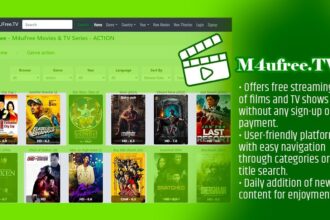Publishing research involves more than collecting data and presenting results. It requires clear communication that guides readers, especially journal reviewers, through your study’s purpose, process, and outcomes. Scientific storytelling transforms complex research into a compelling, understandable narrative. Reviewers are more likely to appreciate and approve manuscripts that tell a coherent, relevant, and logically structured story.
This blog explains how to use storytelling techniques to improve the impact and clarity of your scientific manuscript.
Define your core message early
Start by identifying the central idea your research supports. What question does your study answer, and why does it matter? This core message becomes the foundation of your paper and shapes the structure of each section.
Without a clear message, your manuscript may appear disjointed. Reviewers need to understand not only what you did but also why you did it. Keep your purpose visible throughout the text to maintain direction and coherence.
Organize content using narrative flow
Use the IMRaD format—Introduction, Methods, Results, and Discussion—to guide your storytelling. Each section should lead naturally into the next.
- Introduction: Establish the research problem and its importance.
- Methods: Describe how the study was conducted, emphasizing reliability and relevance.
- Results: Present findings clearly, using a logical sequence that supports your hypothesis.
- Discussion: Interpret results in context, explain their meaning, and link them back to your research question.
Ensure smooth transitions between sections to maintain the reader’s focus and understanding.
Emphasize the value of your findings
Highlight what makes your study important. Reviewers look for novelty and practical implications. Do not simply list results—explain why they matter in the broader scientific context.
Support your points with relevant literature, but maintain your voice. Your narrative should lead the discussion, not get lost in excessive referencing.
Use visuals as part of the narrative
Figures and tables are essential storytelling tools. Each should convey a clear message and directly support the accompanying text.
Avoid overcrowded visuals. Use captions that explain the figure’s purpose and refer to visuals in the narrative. A strong connection between text and visuals improves comprehension and keeps the manuscript cohesive.
Keep the language precise and readable
Clear writing is key to effective storytelling. Avoid unnecessary jargon and overly complex sentences. Use precise language and define technical terms when needed.
Professional scientific writing and communication are about conveying knowledge clearly and concisely. Aim for active voice, straightforward structure, and smooth flow. Reviewers appreciate manuscripts that are easy to follow.
Get feedback or professional assistance
Peer feedback can help identify unclear sections and improve the manuscript’s flow. If needed, consider using a scientific writing service to enhance clarity, tone, and structure.
A second set of eyes can help ensure that your story remains consistent and compelling from beginning to end.
Scientific storytelling strengthens the impact of your research by presenting it as a structured, meaningful narrative. By focusing on clarity, logical progression, and the importance of your findings, you can significantly improve how your manuscript is received. A well-told scientific story not only informs—it resonates.

















